Data analysis is a crucial process in transforming raw data into meaningful insights. There are several main types of data analysis, each with its specific focus and methods. Understanding these types is essential for anyone working with data, as it helps determine the most appropriate techniques to use based on the nature of the data and the objectives of the analysis.
Unraveling the Differences: Types of Data Analysis vs. Types of Statistics 🌐📊
In the enthralling world of data science and statistics, understanding the nuances between different types of data analysis and statistics is pivotal. While these fields overlap and intertwine, they each have unique aspects and applications. In this blog, we will explore these differences and similarities, shedding light on their distinct roles in the realm of data and decision-making.
Types of Data Analysis: The Spectrum of Insight 🌈🔍
Data analysis encompasses various methods used to inspect, cleanse, transform, and model data with the goal of discovering useful information, informing conclusions, and supporting decision-making.
Key Types of Data Analysis:
When dealing with each type of data analysis, one may think of liners as given below:
- Descriptive Analysis: Focuses on summarizing the main features of a dataset.
- Diagnostic Analysis: Digs deeper to find the cause behind the observed patterns.
- Predictive Analysis: Uses historical data to predict future outcomes.
- Prescriptive Analysis: Recommends actions and predicts their outcomes.
- Exploratory Data Analysis (EDA): Explores data for patterns, anomalies, and hypotheses.
- Inferential Analysis: Makes inferences about populations using sample data.
- Causal Analysis: Determines causality between variables.
- Mechanistic Analysis: Examines the exact mechanisms of changes in variables.
The more the better, here you will find the detailed version of Data Analysis types:
1. Descriptive Analysis
- Focus: Summarizes and describes the main features of a dataset.
- Usage: Commonly used to provide an overview of the data, such as sales numbers over time or average customer ratings.
- Techniques: Mean, median, mode, standard deviation, and data visualization methods like bar charts and histograms.
- Example: A retail store collects data on its monthly sales over the past year. The store uses descriptive analysis to calculate the average monthly sales, the highest and lowest sales months (mode), and the variation in sales (standard deviation). They also create bar charts to visually represent sales trends over the year.
2. Diagnostic Analysis
- Focus: Determines the causes of trends or problems identified in descriptive analysis.
- Usage: Used to answer questions like “Why did sales drop in a particular quarter?” or “What factors contributed to a surge in website traffic?”
- Techniques: Drill-down, data mining, correlation, and cause-effect analysis.
- Example: The same retail store noticed a significant drop in sales in July. Using diagnostic analysis, they examine various factors like marketing campaigns, competitor actions, and customer feedback from that period. They discover that a new competitor had launched a major discount campaign in July, which likely diverted some of their customers.
3. Predictive Analysis
- Focus: Uses historical data to make predictions about future events.
- Usage: Often employed in fields like finance, marketing, and weather forecasting to predict trends, customer behavior, or potential risks.
- Techniques: Regression analysis, forecasting, multivariate statistics, pattern recognition, and machine learning algorithms.
- Example: An online streaming service uses past viewership data to predict future trends. By applying regression analysis and machine learning algorithms to historical data, they can forecast which genres of movies or series will be more popular in the upcoming months, thus aiding in content acquisition and recommendation strategies.
4. Prescriptive Analysis
- Focus: Suggests courses of action and the likely outcomes of each action.
- Usage: Used in strategic planning and decision-making, such as determining the best marketing strategy or optimizing supply chain operations.
- Techniques: Simulation, optimization, decision analysis, and recommendation systems.
- Example: A logistics company uses prescriptive analysis to optimize its delivery routes. By simulating various routing scenarios and using optimization algorithms, the company can determine the most efficient routes that minimize delivery times and costs while maximizing customer satisfaction.
5. Exploratory Data Analysis (EDA)
- Focus: Analyzing data sets to summarize their main characteristics, often with visual methods.
- Usage: Used when researchers are trying to understand complex data sets, discover patterns, spot anomalies, test a hypothesis, or check assumptions.
- Techniques: Data visualization tools, clustering, and dimensionality reduction.
- Example: A healthcare researcher is exploring data from a new health survey. They use EDA techniques like clustering to identify patterns in health behaviors and dimensionality reduction to focus on key variables. This process helps in forming hypotheses about health trends, such as the relationship between exercise frequency and reported well-being.
6. Inferential Analysis
- Focus: Makes inferences about populations using data sampled from them.
- Usage: Used to draw conclusions about a larger population based on a sample.
- Techniques: Hypothesis testing, ANOVA, chi-square tests, and confidence intervals.
- Example: A political scientist conducts a survey with a sample of 1,000 voters to infer the voting preferences of a city’s population. Using techniques like hypothesis testing and ANOVA, they can make statistically significant conclusions about the entire population’s voting intentions based on this sample.
7. Causal Analysis
- Focus: Determines whether one variable influences another.
- Usage: Used in experimental research to establish causality, often in fields like medicine, social sciences, and economics.
- Techniques: Randomized controlled trials, causal statistical methods.
- Example: In a clinical trial, researchers want to determine if a new drug causes a reduction in blood pressure. They conduct randomized controlled trials where one group receives the drug and the other receives a placebo. By comparing the outcomes, they can establish a causal relationship between the drug and blood pressure changes.
8. Mechanistic Analysis
- Focus: Understands the exact changes in variables that lead to changes in other variables for individual objects.
- Usage: Common in the field of engineering and physical sciences, less common in business analytics.
- Techniques: Differential equations, physical experiments.
- Example: In a mechanical engineering study, researchers use mechanistic analysis to understand how changing the material of a part affects the overall strength of a machine. They apply principles of physics and differential equations to model and predict the exact changes in machine performance due to variations in material properties.
Each of these types of data analysis plays a unique role in extracting insights from data, and they are often used in combination to provide a comprehensive understanding of the data at hand. The choice of analysis type depends on the specific goals of the data project and the nature of the data available.
Types of Statistics: The Backbone of Data Analysis 📚📈
Statistics is a branch of mathematics dealing with the collection, analysis, interpretation, presentation, and organization of data. It provides the theoretical foundation for data analysis.
Two Main Types of Statistics:
- Descriptive Statistics: Describes and summarizes data.
- Inferential Statistics: Makes predictions or inferences about a larger population based on sample data.
Comparing and Contrasting 🤔🔄
Similarities:
- Foundation in Data: Both rely on data for analysis and insights.
- Overlap in Methods: Descriptive and inferential statistics are integral to various types of data analysis.
- Objective to Inform: The ultimate goal is to inform, explain, and aid decision-making.
Differences:
- Scope and Application: Data analysis is broader in scope, encompassing various types of analyses including predictive and prescriptive, which go beyond traditional statistical methods.
- Theoretical vs. Practical: Statistics is more theoretical, forming the backbone of data analysis methodologies. Data analysis, however, is more practical and application-oriented.
- Tools and Techniques: Data analysis often employs advanced tools and algorithms, especially in predictive and prescriptive analysis, which may include machine learning and AI, whereas statistics focuses more on the foundational methods and principles.
- End Goals: The end goal of statistics is often to understand and characterize data, while data analysis is more focused on using data to make predictions, decisions, and inform strategies.
Conclusion: Complementary Yet Distinct 🌟
In summary, while types of data analysis and statistics share common ground and are deeply interconnected, they are distinct in their focus, methods, and applications. Statistics forms the theoretical foundation, while data analysis builds upon this to provide a broader spectrum of practical applications. Understanding both is crucial for anyone delving into the world of data, as it allows for a more comprehensive and nuanced approach to deciphering the stories hidden within numbers.
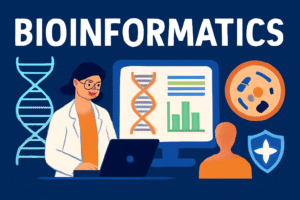
Why Learning Bioinformatics is Essential for the Future of Science and Healthcare


NLP Mastery Guide: From Zero to Hero with HuggingFace | Codanics

Scikit-Learn Mastery Guide: Complete Machine Learning in Python
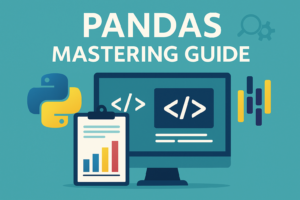
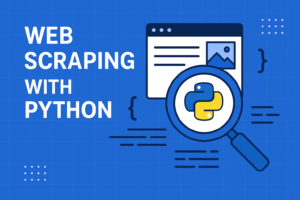
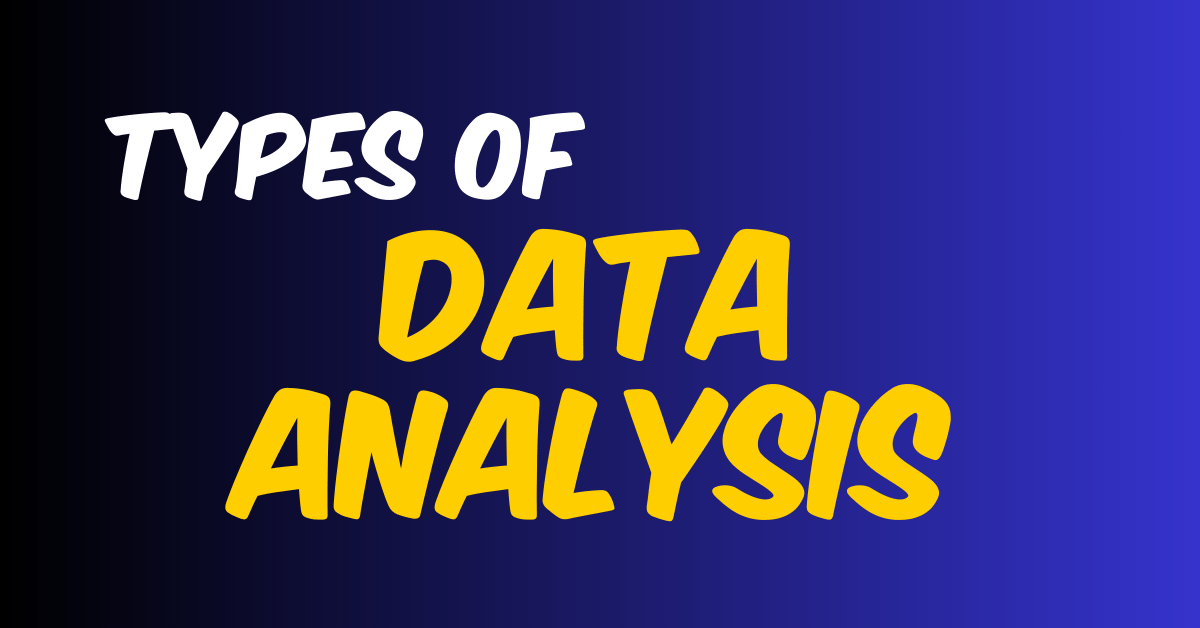


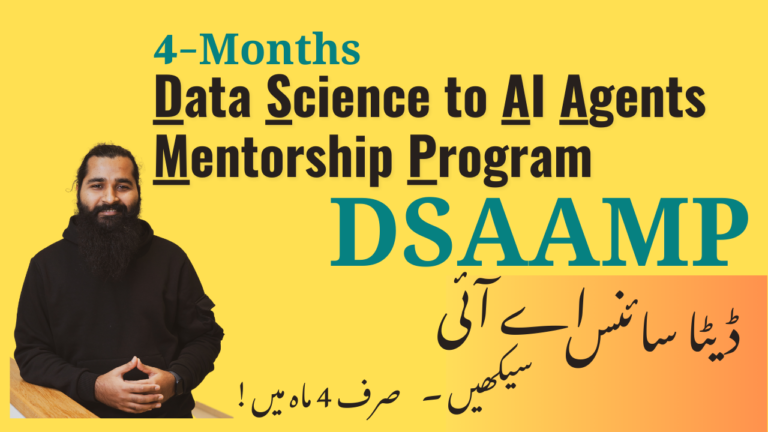
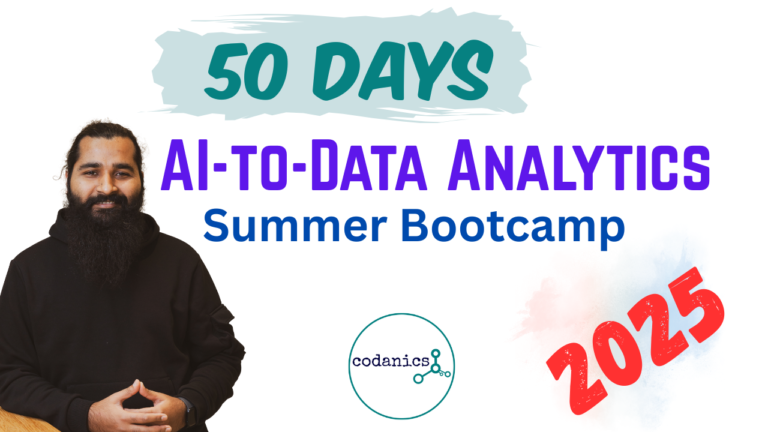
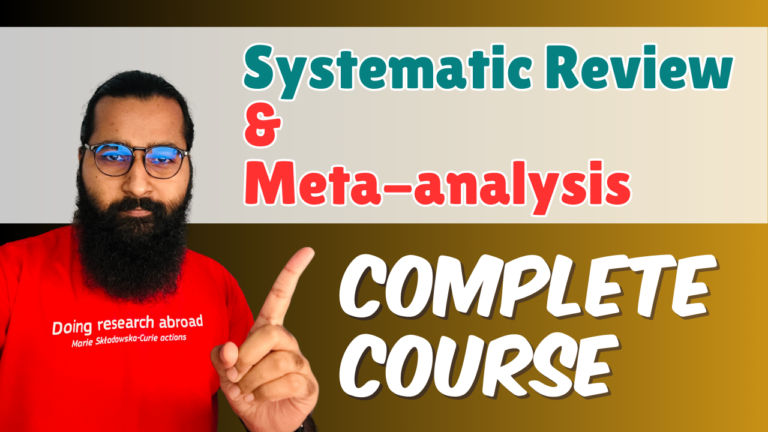

Really informative article. The differences section made it a lot easier to learn about the both concepts.
done
Done
I think that when I master those eight types of data analysis mentioned in this lecture then it sure I can be a master in the field of Data Analyst.
I think that when I master those eight types of data analysis mentioned in this lecture then it sure I can be a master in the field of Data Analyst.
Sir, I recommend leaving ads on the website because nothing is free in this world. So, we should bear a little trouble to get this level of education.
AOA, This blog provides a comprehensive overview of different types of data analysis and their applications. It effectively highlights the distinctions between various analysis methods and statistics, emphasizing their complementary roles in extracting insights from data. This blog is informative and well-structured, making it a valuable resource for individuals interested in understanding the fundamentals of data analysis. ALLAH PAK ap ko dono jahan ki bhalian aata kry AAMEEN.
Done
Such an amazing way to describe Data Analysis and Types of Data Analysis …
It provides much detailed knowledge about the types of analysis
Inferential vs predictive analysis are same or is there any particular difference in it kindly elaborate.
Assuming we are working with a cold drink manufacturing company our stakeholder may ask us following question:::;
1.How much the sale of our particular brand in specific cash & carry (descriptive analysis qustion).::: 2. Why our Sale is dropping on that cash& carry(diagnostic analysis qustion). ::: 3. How much Sale we will get in next month ?(predictive analysis qustion).::: 4. How can we improve our Sale?(prescription analysis qustion).